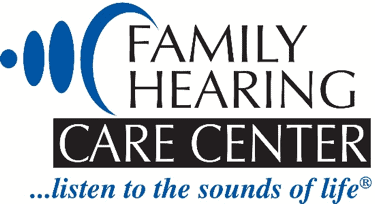
Presentation Tips for Public Speakers With Hearing Loss
Public speaking can be a rewarding and impactful experience, allowing individuals to share their expertise, inspire others, and make meaningful connections. However, for those with hearing loss, presenting in front of an audience may come with unique challenges. From managing communication barriers to ensuring clarity and confidence, here are some valuable tips to help public speakers with hearing loss deliver effective presentations:
-
Know Your Material
Preparation is key to a successful presentation. Take the time to thoroughly familiarize yourself with your material, including key points, supporting evidence, and transitions between topics. The more confident you are in your content, the better equipped you’ll be to navigate any communication challenges that may arise.
-
Use Visual Aids
Visual aids such as slides, diagrams, and videos can enhance comprehension and engagement for both you and your audience. Incorporate visual elements that reinforce your key messages and provide additional context for auditory information. Ensure that your visual aids are clear, concise, and accessible to all audience members.
-
Rehearse Your Presentation
Practice your presentation multiple times to refine your delivery and timing. Rehearsing allows you to familiarize yourself with the flow of your presentation and anticipate potential challenges. Consider recording yourself or practicing in front of a trusted friend or colleague for feedback on your delivery and clarity.
-
Speak Clearly and Slowly
Enunciate your words clearly and speak at a moderate pace to ensure that your audience can understand you effectively. Avoid rushing through your presentation, as this can make it difficult for individuals with hearing loss to follow along. Take pauses between key points to allow your audience time to process the information.
-
Face Your Audience
Maintain eye contact and face your audience directly while speaking. This not only establishes a connection with your listeners but also allows individuals with hearing loss to utilize visual cues such as lip-reading and facial expressions to aid comprehension. Stand in a well-lit area to ensure that your facial expressions are clearly visible to all audience members.
-
Use Microphones and Amplification Systems
If available, use microphones and amplification systems to enhance the clarity and volume of your voice. Wireless microphones or lapel microphones can provide greater flexibility and mobility during your presentation. Test the microphone and sound system before your presentation to ensure optimal audio quality.
-
Minimize Background Noise
Choose a quiet and distraction-free environment for your presentation to minimize background noise and maximize clarity. Close doors and windows to reduce external noise interference, and consider using sound-absorbing materials or curtains to dampen reverberations in the room.
-
Provide Accommodations
Consider providing accommodations for individuals with hearing loss, such as real-time captioning or sign language interpretation. This ensures that all audience members can fully participate and engage with your presentation. Communicate with event organizers in advance to arrange any necessary accommodations.
-
Be Flexible and Responsive
Remain flexible and responsive to the needs of your audience, especially individuals with hearing loss. Be prepared to repeat information, clarify key points, or adjust your delivery based on feedback or questions from the audience. Demonstrate empathy and understanding towards individuals who may be struggling to follow along.
-
Seek Feedback and Continuous Improvement
After your presentation, seek feedback from audience members, colleagues, or mentors to identify areas for improvement. Reflect on your performance and consider how you can further enhance your communication skills for future presentations. Embrace a mindset of continuous learning and growth.
Presenting with hearing loss requires careful preparation, effective communication strategies, and a willingness to adapt to the needs of your audience. Remember to focus on clarity, confidence, and connection as you share your knowledge and insights with the world.
